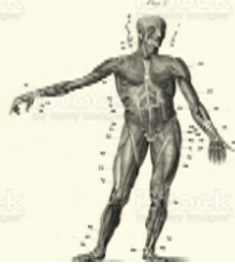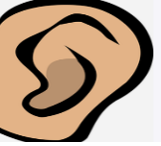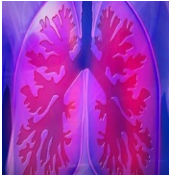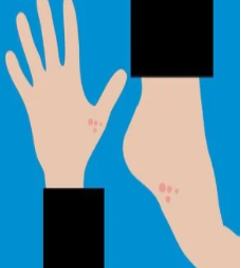Quick Tips for Occupational Safety & Health in the Beverage Industry

In the process of delivering refreshment and enjoyment, managers in the beverage industry need to be cognizant of the hazards and risks faced by employees and implement measures to effectively mitigate them. Employees in the industry are prone to certain types of injuries and illnesses. Some of the more common ones are highlighted in this post.
Musculoskeletal Disorders (MSD’s) – Includes an assortment of strain, sprain and abuse issues. These incorporate everything from spinal pains to work-related upper limbs disorders which can cause aches and pains, tenderness, weakness, tingling, numbness, cramp, burning, redness and swelling, to overexertion from lifting, pulling, and pushing.

Noise-Induced Hearing Loss (NIHL) – Hearing loss caused by exposure to noise on a continuous basis such as in a manufacturing environment like the beverage industry. It can also be caused by a traumatic noise exposure which may cause an immediate hearing loss. In most cases though, occupational hearing losses occur gradually over time. Recognizing damaging noise sources, eliminating them, reducing exposure through hearing protection devices are preferred hearing loss prevention strategies.

Occupational Lung Disease(OLD)- Specific aggravations at work can prompt several types of lung infections. For instance, working in the beverage industry can open an individual to unsafe synthetics, various chemicals and other irritants that can prompt long-term lung issues. The best approach is to anticipate issues through risk assessment and put in place protective measures based on the hierarchy of hazards control: elimination; substitution; engineering control; administrative controls; and finally, personal protective equipment.

Occupational Rhinitis (OR) – May be defined as “an inflammatory condition of the nose, which is characterized by intermittent or persistent symptoms (i.e., nasal congestion, sneezing, and itching) and/or variable nasal airflow limitation and/or hypersecretion, due to causes and conditions attributable to a particular work environment and not to stimuli encountered outside of the workplace”. Even though this condition alone isn’t dangerous, its effect on personal satisfaction and work efficiency can be considerable. It can likewise irritate different conditions, for example, asthma. Typical causes include cleaning products and strong irritants. Management of occupational rhinitis is straightforward, with avoidance being the primary intervention.
Occupational Skin Diseases (OSD) – Any work environment that includes over the top hand washing, hand cleanliness or wet work is a primary hazard for word related contact dermatitis (contact dermatitis is a skin condition brought about by contact with something that aggravates the skin or causes a hypersensitive response). Skin diseases are among the most important emerging risks related to extensive use of, and exposure to, chemicals. There is usually a causal relationship between the disease and exposure to a harmful situation or agent which is linked to the workplace. The best approach is anticipation and implementation prevention measures.

To limit the danger to wellbeing, managers must have a characterized anticipation program in place. All conceivable work-related wellbeing risks should initially be recognized and assessed then effectively treated. In conclusion, recognizable proof and utilization of legitimate individual defensive hardware (PPE) is essential but most important is the emphasis on elimination, substitution, engineering and administrative controls (procedures, signage, training, etc.)